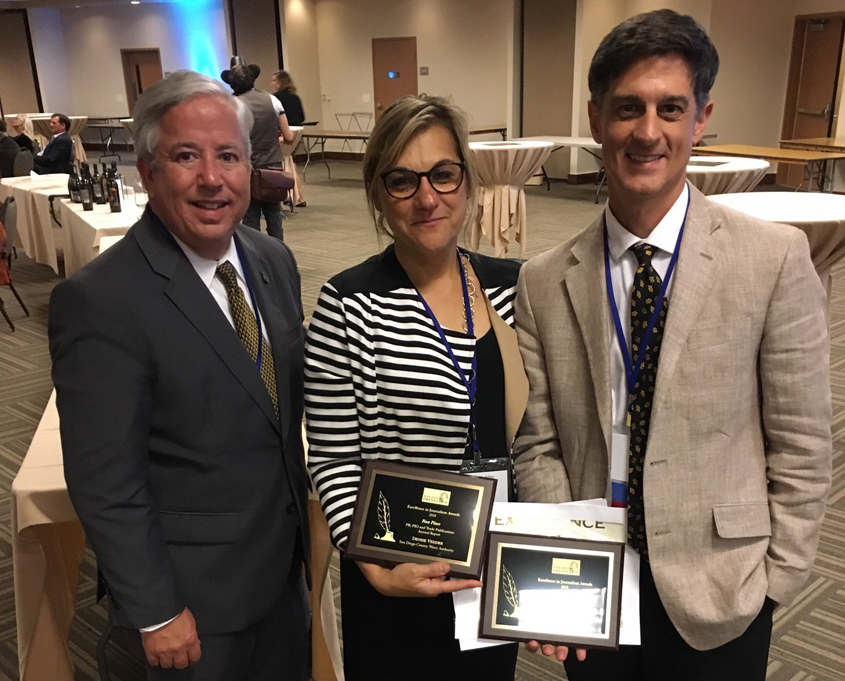Playing by the Hydrozone Landscaping Rules
Hydrozones are the different areas of your landscape with different irrigation needs. These needs can vary greatly in a single yard. By managing your water distribution to meet the needs of each hydrozone, you can minimize water waste and promote healthy plants.
For example, plants with similar growing requirements including water needs should be planned and planted together so water can be applied as efficiently as possible through rainwater catchment, supplemented by irrigation.
The amount of sunlight and shade, temperature differences, soil conditions, slopes, and plant root depth should be considered, along with plant water needs, to create hydrozones. Even when the soil is the same, a full sun area is one hydrozone, full shade areas are another, and mixed exposure areas create yet a third zone.
Within your irrigation system, each individual irrigation valve should water a separate hydrozone populated by plants with similar water needs, living conditions, and root depths. Plants with high water needs such as vegetables or lawns must be on their own hydrozone. Sprinklers or emitters on this zone shouldn’t water anything else, including hardscape areas such as sidewalks.
Don’t overdo it with irrigation
Each hydrozone should have sprinklers or emitters generating the same amount of water, and they should be spaced out so that every plant in the zone gets the same amount of water. If the spray of two sprinklers overlap, plants receiving water from both will receive much more water than they need. In cases like this, sprinklers should be turned away from each other, or placed farther apart. Professional landscapers call this “matched precipitation.”
This article was inspired by the 71-page Sustainable Landscapes Program guidebook available at SustainableLandscapesSD.org. The Water Authority and its partners also offer other great resources for landscaping upgrades, including free WaterSmart classes at WaterSmartSD.org.





